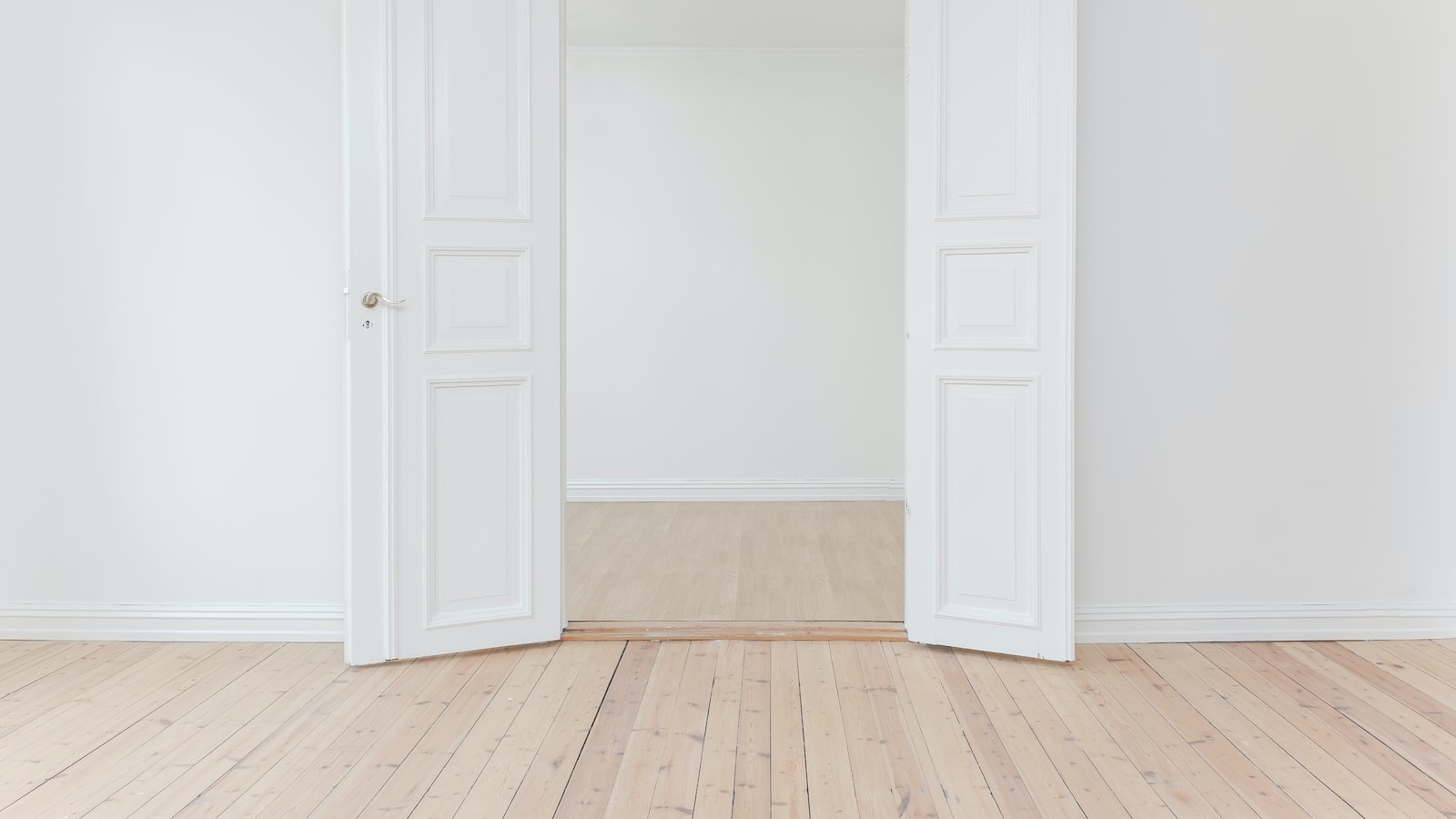Growing Peppers Indoors – Guidelines & Tips
Growing peppers indoors can be a very rewarding experience, providing you with a steady supply of flavorful peppers year-round. Peppers are one of the easiest vegetables to grow, as they require minimal effort and attention. With a few simple guidelines and tips, any gardener can quickly learn how to successfully grow peppers indoors.
Create the Right Environment for Growing Peppers
To successfully grow peppers indoors, you need to first create the right environment. Peppers need a long, sunny growing season of at least six hours a day. If you don’t have a sunny window, you can purchase a supplemental lighting system. Peppers also need warm soil, with a temperature of at least 75°F. To help maintain the soil temperature, consider using a hoe or small fan to circulate air.
Select and Plant Pepper Seeds
When selecting pepper seeds, choose a variety that will mature quickly, in 50-65 days. Planting should take place in March or April so your peppers will be ready to harvest by summer. Put the seeds into small pots or trays of moist, well-draining soil and keep consistently moist until the seedlings sprout. Transplanting will need to be done when the plants reach 2-3 inches tall and have at least two sets of true leaves.
Provide Nutrients to Your Peppers
Once planted, peppers need occasional feedings. An organic fertilizer, such as a fish emulsion is best and should be applied every one to two weeks. If you don’t have a ready supply of fertilizer, you can also use compost or manures. It’s important to be careful when applying fertilizer, as too much can burn the plants.
Control Watering and Pests
While peppers don’t require a lot of water, it’s important to keep the soil consistently moist. Watering twice a week should be sufficient, but keep an eye on the soil and water more if it’s getting too dry. Pepper plants are also prone to pests such as aphids and spider mites, so it’s important to monitor the plants for signs of trouble. If you do notice that pests have invaded, act quickly and use an insecticidal soap or spray to get rid of them.
Harvest Your Peppers
When the peppers on your plants reach a size that you’re happy with, it’s time to harvest. When harvesting, it is important to be gentle as the peppers can easily become damaged. Cut the peppers away from the stem using scissors and not pull them away. Not only is it gentler, but it can also help the plant re-focus its energy on producing more peppers.
With these guidelines and tips, anyone can easily learn to successfully grow peppers indoors. With a few simple steps, you will have a plentiful supply of fresh peppers to use in your favorite dishes.



